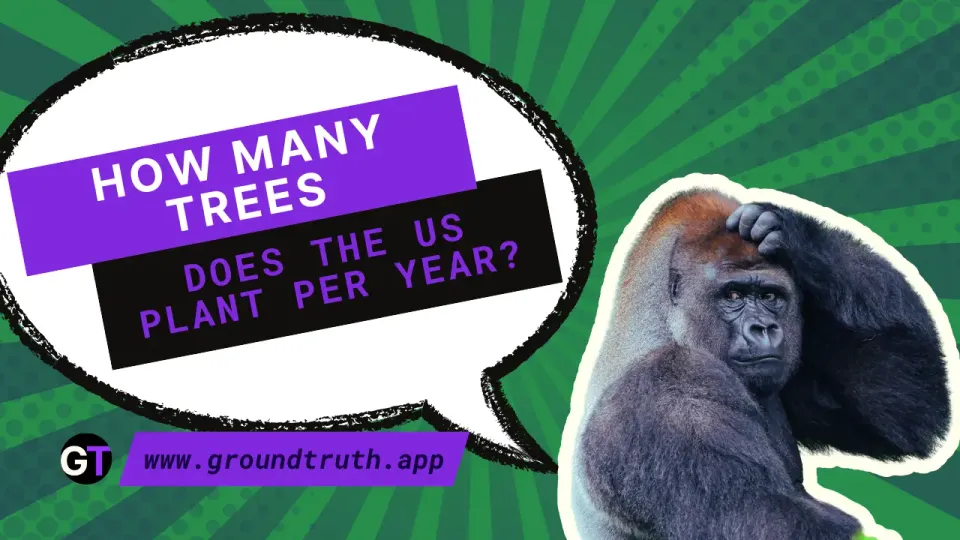Apps for that: Forest Restoration Monitoring 🌳📱
Web apps designed to accurately track tree planting efforts are becoming increasingly desirable in the industry. They enhance transparency and accountability, ensuring that stakeholders fulfill their environmental commitments with verifiable data. 📲

🌳 Revolutionizing Restoration with Smartphone Technology
📱 The Power of Apps in Forest Restoration
The groundbreaking study, "Review and Assessment of Smartphone Apps for Forest Restoration Monitoring" by Schweizer et al., explores how smartphone applications are transforming environmental conservation. This evaluation of 42 smartphone apps highlights their potential to redefine traditional monitoring methods, offering scalable solutions for planting projects. The big question is: Can we use an app to accurately track what happens when we plant trees? 🌍
🌱 Technology Meets Ecology
The study underscores a critical shift toward integrating mobile technology in environmental conservation. By leveraging smartphones, researchers and practitioners can now monitor vast forest areas with unprecedented precision and at a lower cost.
Why it matters: This fusion of accessible technology and ecology not only democratizes data but also propels forest restoration projects toward greater success. 🌳
How can smartphone technology further enhance environmental monitoring?
🌲 The Current Tech-Driven Restoration Landscape
Smartphone apps are increasingly adopted to monitor indicators like tree growth and canopy coverage. This method offers significant advantages over traditional field techniques, providing real-time data crucial for timely decision-making and adjustments in restoration strategies.
Why it’s important: Web apps designed to accurately track tree planting efforts are becoming increasingly desirable in the industry. They enhance transparency and accountability, ensuring that stakeholders fulfill their environmental commitments with verifiable data. 📲
What other indicators could benefit from real-time monitoring in reforestation projects?
🌍 Proposing a Unified Digital Monitoring Framework
Through rigorous field testing and collaboration with 15 restoration organizations, the study highlights both the strengths and limitations of these digital tools. Key findings indicate that while apps like Arboreal Forest and Forest Scanner show promise in replicating traditional measurements like tree diameter, challenges remain in accurately capturing indicators like canopy openness and ground cover.
What’s next? To tackle these challenges and enhance app functionality, the study advocates for a unified, open-access monitoring app. This proposed digital tool would streamline the collection of critical ecological indicators and adapt seamlessly to the diverse conditions of tropical forests, where monitoring demands are particularly high. 🌱
What features should be prioritized in developing this unified monitoring app?
🔓 Open Source Data & Code: Empowering Further Research
To learn more, read the open data cited in the study. Access to this data fosters collaboration, supports informed decision-making, and drives innovation in forest restoration monitoring. 🌐
Curious to dive deeper into the data? Explore the study's resources and see how smartphone technology is revolutionizing forest restoration.




